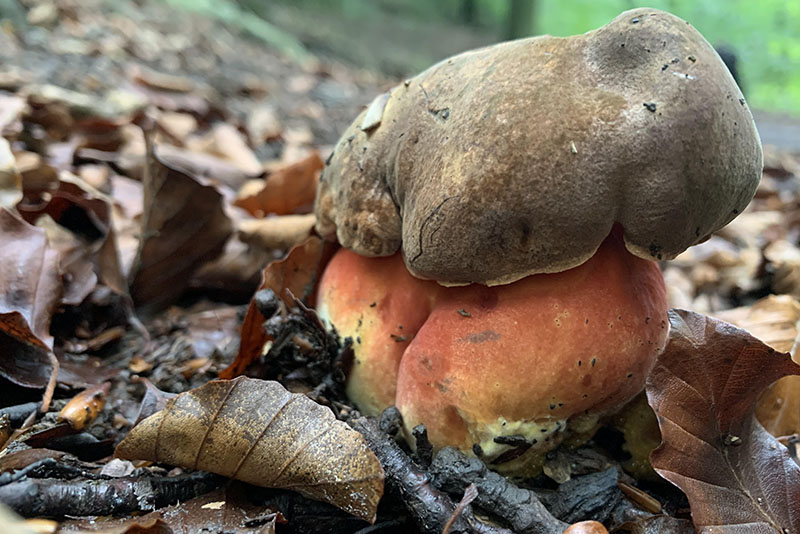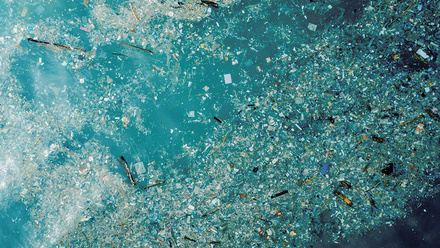Fungi stores a third of carbon from fossil fuel emissions
Mycorrhizal fungi are responsible for holding up to 36% of yearly global fossil fuel emissions below ground, reveals new research. This is more than China emits each year.

An international team of scientists, including experts from the University of Sheffield, UK, has conducted a meta-analysis of hundreds of studies looking at plant-soil processes to understand how much carbon is being stored by the fungi on a global scale.The discovery could be crucial as nations seek to tackle climate change and reach net zero.
The fungi make up a vast underground network all over the planet underneath grasslands and forests, as well as roads, gardens, and houses on every continent on Earth
It is found to be not only crucial in storing carbon and keeping the planet cooler, but are essential to global biodiversity
Researchers are now calling for fungi to be considered more heavily in conservation and biodiversity policies, and are investigating whether we can increase how much carbon the soil underneath us can hold.
Their findings reveal that an estimated 13.12Gt of CO2 is transferred from plants to the fungi annually, transforming the soil beneath our feet to a massive carbon pool.
Professor Katie Field, Professor of Plant-Soil Processes at the University of Sheffield and co-author of the study, says, 'Mycorrhizal fungi represent a blind spot in carbon modelling, conservation and restoration - the numbers we’ve uncovered are jaw-dropping, and when we’re thinking about solutions for climate we should also be thinking about what we can harness that exists already.
'Soil ecosystems are being destroyed at an alarming rate through agriculture, development and other industry, but the wider impacts of disruption of soil communities are poorly understood. When we disrupt the ancient life support systems in the soil, we sabotage our efforts to limit global heating and undermine the ecosystems on which we depend.
'More needs to be done to protect these underground networks - we already knew that they were essential for biodiversity, and now we have even more evidence that they are crucial to the health of our planet.'
Dr Heidi Hawkins, lead author of the study from the University of Cape Town, adds, 'A major gap in our knowledge is the permanence of carbon within mycorrhizal structures. We do know that it is a flux, with some being retained in mycorrhizal structures while the fungus lives, and even after it dies. Some will be decomposed into small carbon molecules and from there either bind to particles in the soil, or even be reused by plants. And certainly, some carbon will be lost as carbon dioxide gas during respiration by other microbes or the fungus itself.'







